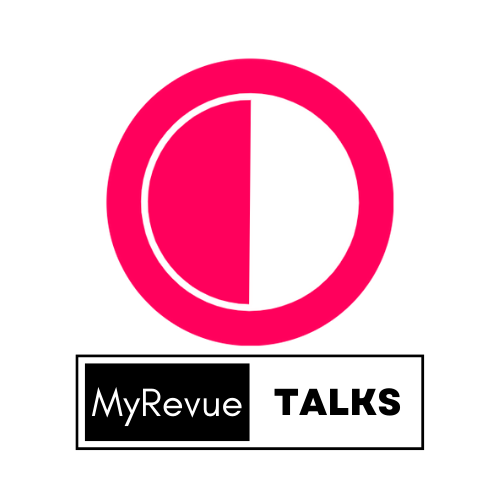User-generated content and its impact on brand sentiment analysis in social media collaborations.
User-generated content (UGC) has a significant impact on brand sentiment analysis in social media collaborations.

Written by Shivangi
Updated on 20/07/2023
<p class="MsoNormal">User-generated content (UGC) has a significant impact on
brand sentiment analysis in social media collaborations. Brand sentiment
analysis involves monitoring and analyzing online content to determine the
overall sentiment and perception of a brand among its audience. UGC plays a
crucial role in this process for the following reasons:<o:p></o:p></p><p class="MsoNormal"><br></p>
<p class="MsoNormal">1. Authenticity and Unfiltered Feedback: UGC is created by
real users and influencers, providing authentic and unfiltered feedback about
the brand. This feedback can offer valuable insights into the audience's
genuine sentiments and experiences.<o:p></o:p></p><p class="MsoNormal"><br></p>
<p class="MsoNormal">2. Real-Time and Timely Insights: UGC is often shared in
real-time, allowing brands to monitor sentiment as it develops. This timeliness
enables brands to respond promptly to positive or negative sentiment,
addressing any issues or amplifying positive feedback.<o:p></o:p></p><p class="MsoNormal"><br></p>
<p class="MsoNormal">3. Comprehensive Audience Perspective: UGC offers a
comprehensive perspective on brand sentiment from a diverse group of users and
influencers. It reflects the sentiment of various demographics, helping brands
understand the overall sentiment of their entire audience.<o:p></o:p></p><p class="MsoNormal"><br></p>
<p class="MsoNormal">4. Social Proof and Word-of-Mouth Impact: Positive UGC acts
as social proof, influencing others' opinions about the brand. When users see
real people expressing positive sentiments and experiences, they are more
likely to trust the brand and form positive opinions.<o:p></o:p></p><p class="MsoNormal"><br></p>
<p class="MsoNormal">5. Identifying Brand Advocates: UGC helps identify brand
advocates who consistently express positive sentiment and actively promote the
brand. These advocates can be valuable assets for the brand in building a
positive reputation and influencing others.<o:p></o:p></p><p class="MsoNormal"><br></p>
<p class="MsoNormal">6. Crisis Detection and Management: UGC is essential in
detecting potential crises and managing brand reputation. Brands can monitor
UGC sentiment and detect any negative trends early, allowing them to address
issues before they escalate.<o:p></o:p></p><p class="MsoNormal"><br></p>
<p class="MsoNormal">7. Influencer Impact: In social media collaborations, UGC
from influencers can significantly influence brand sentiment. Positive UGC from
respected influencers can enhance brand perception and credibility among their
followers.<o:p></o:p></p><p class="MsoNormal"><br></p>
<p class="MsoNormal">8. Measuring Campaign Success: Analyzing UGC sentiment
allows brands to measure the success of their social media collaborations.
Positive sentiment indicates that the collaboration has resonated positively
with the audience, while negative sentiment may suggest areas for improvement.<o:p></o:p></p><p class="MsoNormal"><br></p>
<p class="MsoNormal">9. Sentiment Trend Analysis: Brands can use UGC sentiment
trend analysis to track sentiment over time. This analysis helps identify
patterns and changes in sentiment, informing long-term brand strategy and
decision-making.<o:p></o:p></p><p class="MsoNormal"><br></p>
<p class="MsoNormal">10. Audience Engagement Assessment: Monitoring UGC sentiment
helps brands gauge the level of engagement and emotional connection their
audience has with the brand. Positive sentiment indicates a strong emotional
bond and loyalty.<o:p></o:p></p><p class="MsoNormal"><br></p>
<p class="MsoNormal">In conclusion, user-generated content has a significant
impact on brand sentiment analysis in social media collaborations. It provides
authentic, real-time, and diverse insights into the audience's sentiments,
helping brands understand how their collaborations are perceived and received
by their target audience. Brands can leverage UGC sentiment analysis to enhance
their reputation, address potential issues, and make data-driven decisions to
strengthen their social media collaborations.<o:p></o:p></p>
<p class="MsoNormal"><span lang="EN-GB"> </span></p>
